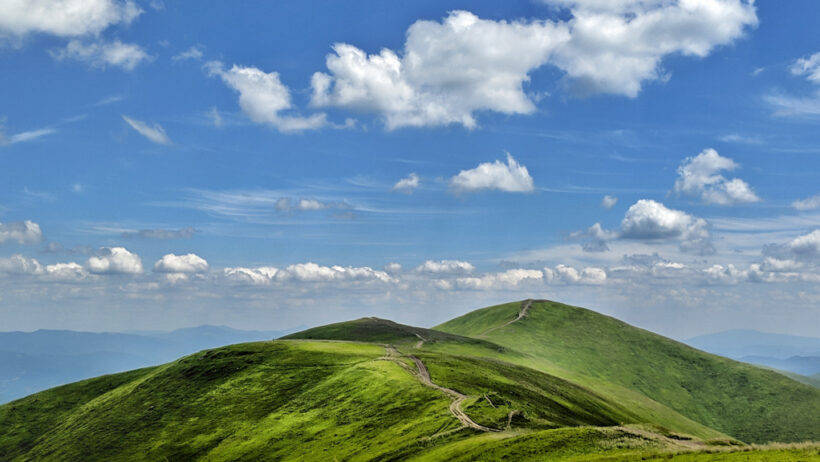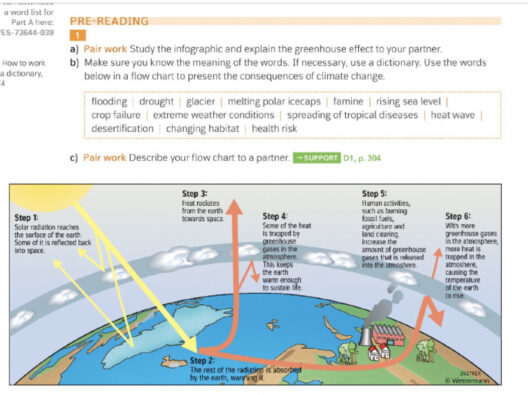Understanding the climate of California requires peeling back the layers of a complex natural symphony. It is a tapestry woven from the threads of diverse geological formations, sprawling ecosystems, and seasonal variations that dance to a rhythm dictated by latitude and elevation. Each region of the Golden State plays a distinct note in this climatic concerto, creating a rich and multifaceted experience that captivates both residents and visitors alike.
From the rugged coastline to the towering Sierra Nevada peaks, California’s climate is a medley of influences. The interplay between oceanic currents and atmospheric conditions creates microclimates, leading to a striking contrast even in relatively short distances. This phenomenon is quintessentially Californian and serves as a reminder that within unity lies an extraordinary diversity.
As a land where the sun’s warm embrace meets the cool Pacific breeze, California is characterized by its Mediterranean, desert, and alpine climates. The state’s geography creates pockets of unique weather patterns, fostering the growth of ecosystems that are as varied as the communities that inhabit them. Each of these climates contributes to California’s identity, ensuring that one can experience both balmy beaches and snow-capped mountains in a single day’s journey.
California’s Coastal Symphony
The coastal regions of California offer a refreshing reprieve from the intensity of the inland heat. Stretching from the northern redwoods to the southern shores of San Diego, the Pacific coastline is tempered by the marine influence of the ocean. Here, the climate thrives under the benevolence of the ocean breeze, which serves as both a modifier and a cool blanket for coastal habitats. This maritime effect ushers in moderate temperatures, making it an enviable locale for tourism while nurturing a myriad of plant and animal species.
The fog, off the coast especially in areas like San Francisco, acts as a natural air conditioner, cascading down the hills of the Bay Area in the evening, transforming the surroundings into a mystical realm. This fog, rich in moisture, supports the growth of iconic landscapes like the coastal redwood forests. In these thriving ecosystems, the interplay between climate and geology reveals a deep-rooted connection between nature and the human experience; a gentle reminder of the importance of preserving these environments for future generations.
Inland Exploration: A Land of Contrasts
As one ventures inland, the climate morphs dramatically. The Central Valley, often enveloped in golden hues due to its dry, Mediterranean climate, yields some of the richest agricultural lands in the nation. However, this success comes with challenges. Dependence on irrigation and water management is paramount, particularly as periods of drought become more prevalent. This paradox reflects the duality of California’s climate—a land of bounty challenged by the whims of nature.
Beyond the valleys, the Sierra Nevada presents yet another climate paradigm; the alpine regions exhibit a stark contrast to their lowland counterparts. With elevations soaring beyond 14,000 feet, weather patterns shift rapidly, creating a cold and snow-clad environment that attracts adventurers seeking the thrill of winter sports. In this rugged terrain, climate dictates lifestyle; those who traverse its peaks must adapt to swiftly changing conditions. This adaptability highlights not only the resilience of nature but also humanity’s need to respect and respond to its offerings.
The Dance of Seasons
California’s seasonal shifts evoke a subtle yet profound transformation in the landscape. The winters, while relatively mild compared to other regions, can blanket the Sierra Nevada in snow, giving way to the vibrant resurgence of spring. During this season, life re-emerges in technicolor; wildflowers burst forth in a riot of colors, painting the hillsides and valleys, an awe-inspiring spectacle that draws both locals and tourists alike. It is a reminder of the cycles of life and the interdependence of all living organisms within this complex ecosystem.
Conversely, the summer months herald the warming of the state, infusing the air with an energy that ignites outdoor pursuits. Coastal towns bustle with activity as people flock to the beaches, while inland cities quench their thirst for adventure in the sun-drenched hills. However, this heat can also pose risks; the threat of wildfires looms large during these dry months, a poignant reminder of the delicate balance between nature’s beauty and its inherent dangers. The recent trend of increasingly severe fire seasons serves as a clarion call for awareness regarding climate change and its devastating impacts on natural resources.
Conclusion: A Call to Action
The climate in California is not just a backdrop but a crucial component of its identity. It reflects the intricate relationship between geographical features and human life, emphasizing our responsibility toward nature. As stewards of this remarkable land, embracing sustainable practices becomes imperative. Awareness and action are not merely desirable but essential. By understanding California’s climate, we can cultivate a greater appreciation for its unique ecosystems and foster a genuine movement toward preservation.
In the grand narrative of climate and ecology, California stands as both a beacon and a cautionary tale. Each wave that crashes upon its shores carries insights about resilience and vulnerability—a compelling reminder of our role within this interconnected web. Protecting this extraordinary diversity is not just a local concern but a universal imperative. The time to act is now.






